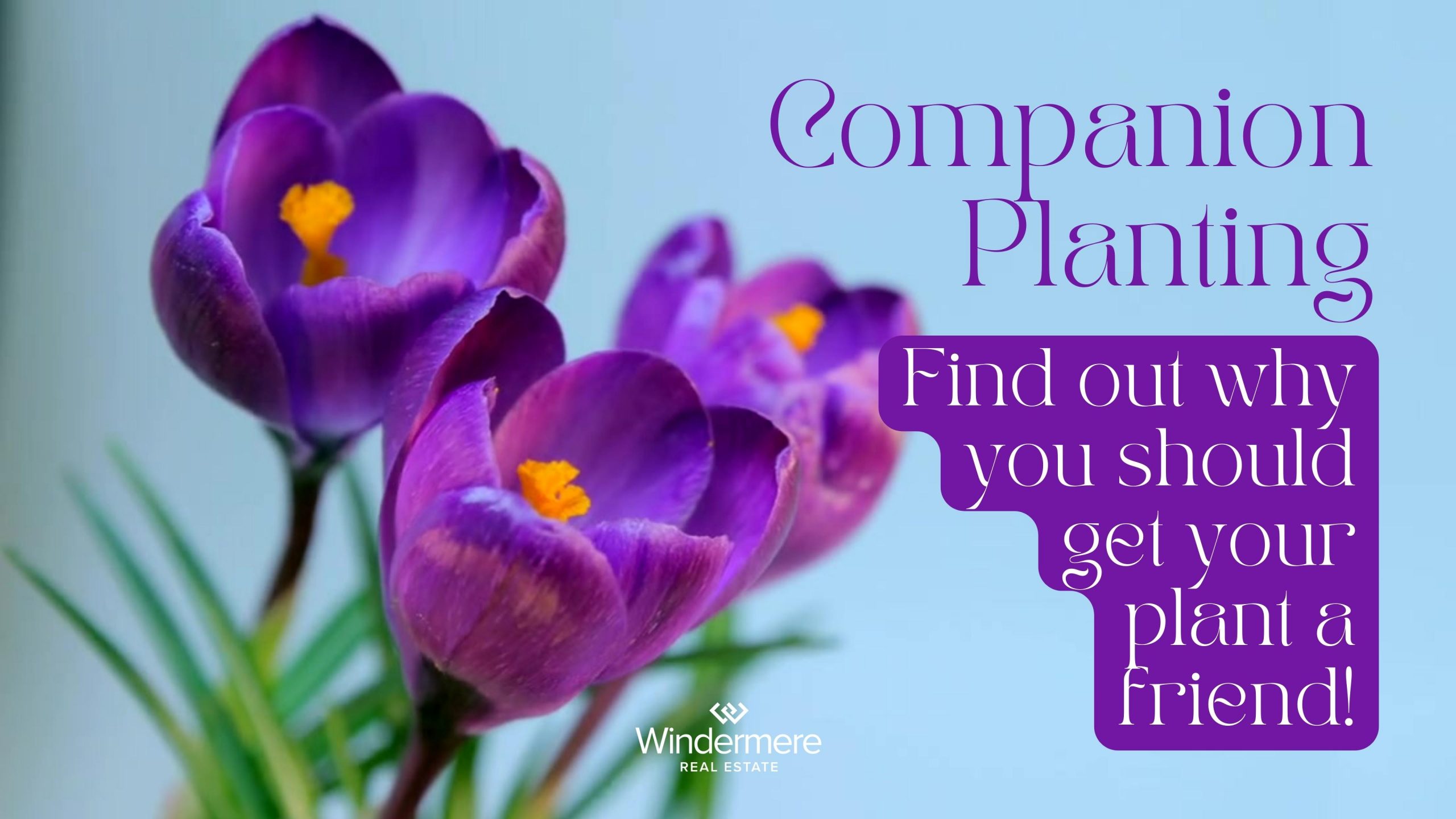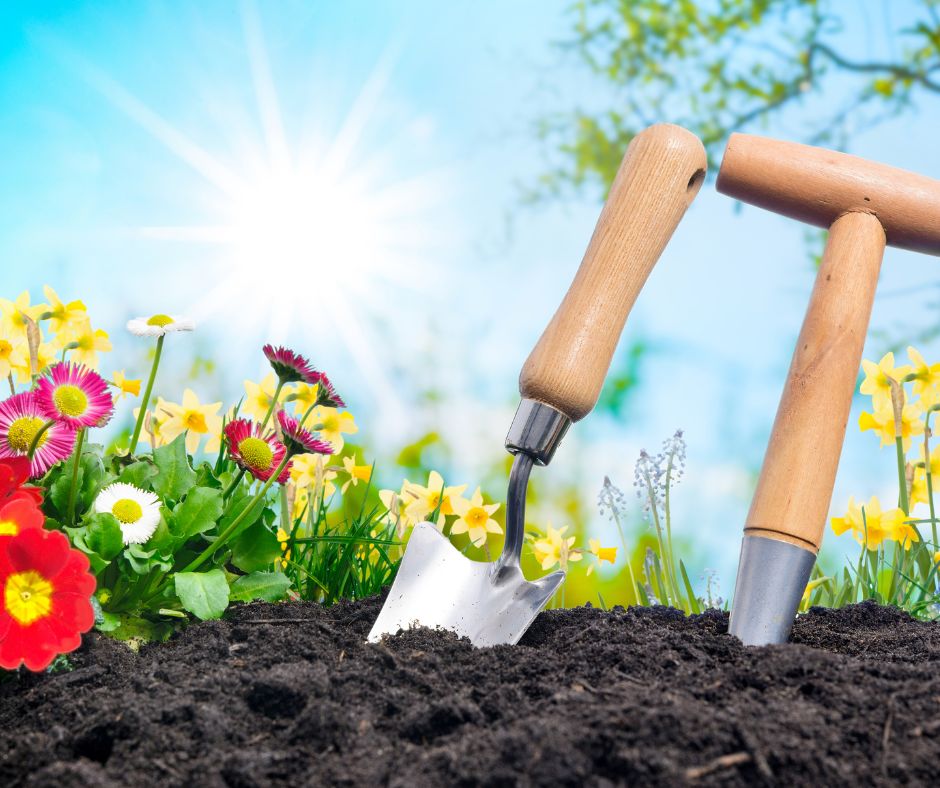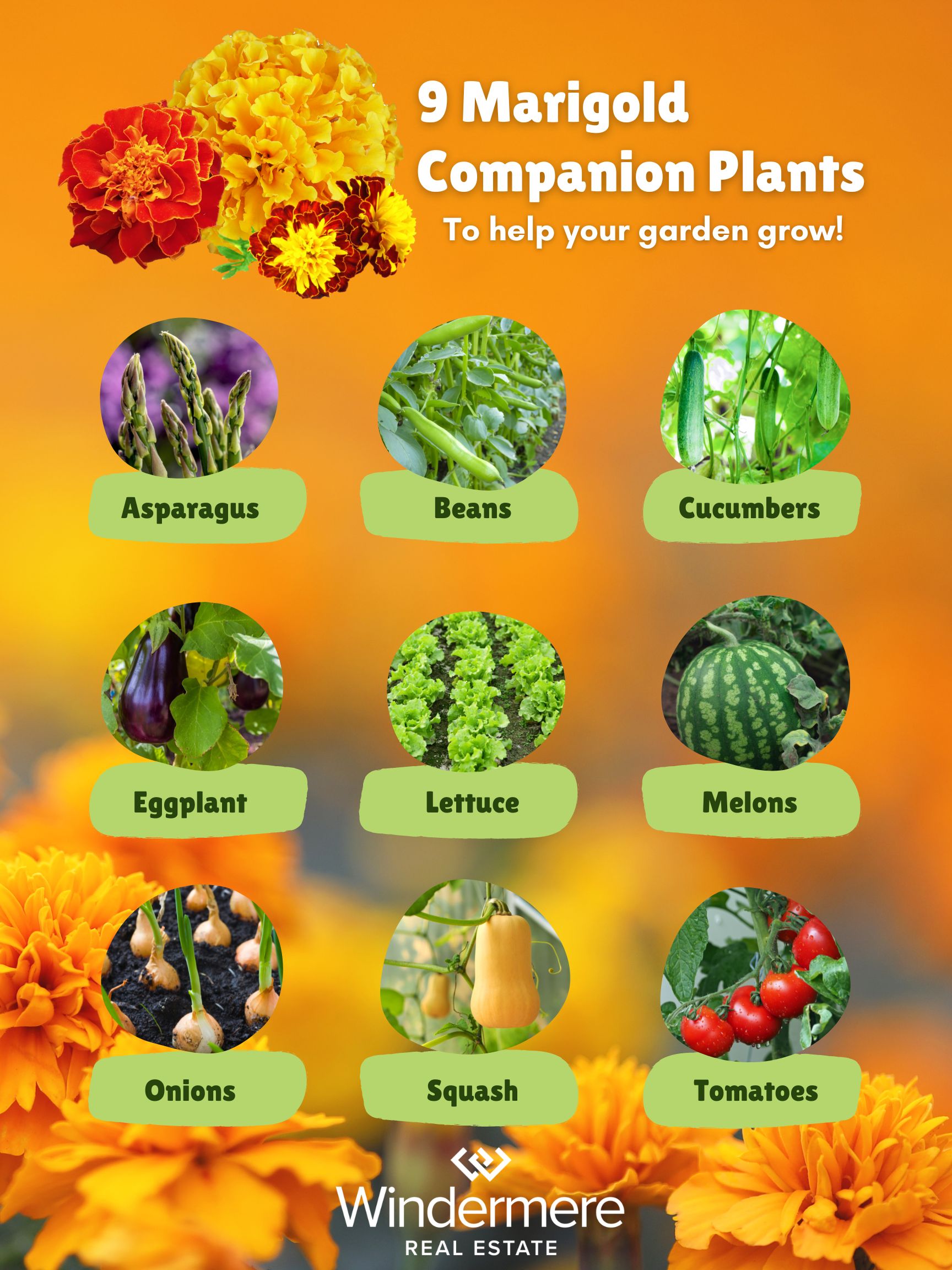Companion Planting
Did you know that your garden plants can benefit from having a friend planted beside them? Companion planting is a great way to improve the health and yield of your garden. By planting certain crops together, you can create a mutually beneficial environment that promotes growth and deters pests. Moreover, creating biodiversity in your garden can have a visually pleasing affect for you to enjoy. Here are some tips for companion planting:
- Do you research and grow complementary plants beside one another. Some plants have properties that will naturally repel pests and others will attract them. Use this knowledge to your advantage and try pairing the two together to repel any unwanted visitors.
- Choose your plant friends wisely. Boundaries and needs matter, even in the plant world. You should take into consideration the ground coverage, spacing, sunlight and watering requirements of your plant before giving it a buddy. You want to make sure that both plants receive the right amount of sunlight, water, air circulation, spacing and nutrients that they need to grow big and strong.
- Companion planting is an art, not an exact science. Don’t be afraid to mix things up and see what works best in your garden. Keep track of what works well and change what doesn’t. Over time you will refine a planting strategy that gives you a beautiful, diverse, and enriched garden.
Putting Companion Planting to the Test
Using the companion planting technique, let’s examine the benefits of planting marigolds in your garden. Marigolds have gained a reputation for being great companion plants because they have many benefits for plants growing near them. Equally as important, they remain neutral toward plants who do not receive benefits from growing near them.
Here are some things to consider before adding Marigolds to your garden:
- Marigolds are a highly fragrant flower and because of that they are known to deter garden destroying pests such as mosquitoes, who nibble on you, and nematodes, who cause root rot.
- There are good bugs in gardens too. Marigolds attract beneficial bugs like pollinators, who will help make your garden grow, and ladybugs, who kill aphids.
- Marigolds grow in a variety of sizes and their size should be considered when selecting a perfect pairing.
- French Marigolds for example grow great near tomato plants. They are a shorter variety and are not overpowered by tall tomato vines. They bloom in spring and can last until the ground frosts, and they hold up well in the rainy PNW environment.
- African Marigolds grow much taller and have blooms measuring up to 4 inches in size, which could put new growth around them in constant shadow. But they are visually impactful and would be a great addition to a garden backdrop or as ground cover for tall plants like sunflowers.
Marigolds are a great option when companion planting:
Bonus Tip: Use Native Plants
Adding native plants to your companion planting choices is a great idea. These plants are naturally strong and adapted to their environment. This means they can grow well without much attention from you! Additionally, they need less water and fertilizer compared to non-native varieties. Native plants also attract local animals that can help take care of your garden, like natural pollinators. If you want to learn more about using native plants for companion planting, I suggest you check out this study by David James of WSU.
Symbiotic Relationships Will Strengthen Your Garden Growth!
Remember, companion planting is all about finding the right balance that will benefit the plants you plot next to each other. There are countless combinations of plants that can be successfully grown together, making companion planting a fun and creative way to optimize your garden. Give it a try and see the difference companion plants make in your garden!

 Facebook
Facebook
 X
X
 Pinterest
Pinterest
 Copy Link
Copy Link





